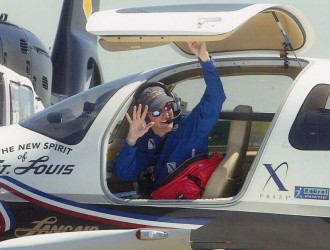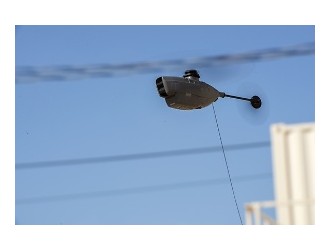
Tom Hammoor, senior v-p for defense at Textron Aviation, hailed the tests as a major milestone “as we continue to demonstrate the Scorpion’s mission flexibility and multi-role capabilities.” The subsonic design has been marketed internationally in that fashion. It was also previously seen as a potential candidate for the USAF new jet trainer requirement, until the performance specifications for the T-X were increased. Textron is building a second, “production-conforming,” Scorpion with various improvements and said it will fly soon. In the meantime, the prototype “continues its robust flight-test program,” the company said. It has now logged more than 750 flight hours.
Last July, Textron signed a cooperative research and development agreement (CRADA) with the USAF that would provide for military certification of the Scorpion, even without any formal U.S. program of record. This could boost the jet’s international sales prospects and could advance its case for meeting potential USAF requirements dubbed OA-X and A-X. OA-X is the label for a basic, off-the-shelf close-air-support (CAS) capability such as the Embraer A-29 Super Tucano that the U.S. is already supplying to Afghanistan. A-X would likely be a jet-powered replacement for the A-10 Warthog CAS aircraft, which the USAF has delayed retiring at the behest of Congress.
But senior USAF leadership has been skeptical in public about both requirements. They say that there is no funding available, and that future conflicts involving the U.S. will require an aircraft capable of operating in contested air defense environments—namely the F-35. Proponents of a dedicated CAS aircraft say that the U.S. is still likely to be engaged in conflicts wher air superiority is assured, and that the high cost per flight hour of the F-35 means it is wasteful to employ the stealth jet in such scenarios.





